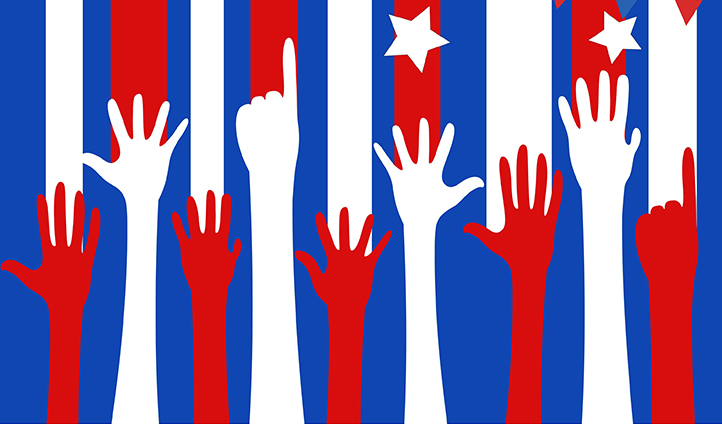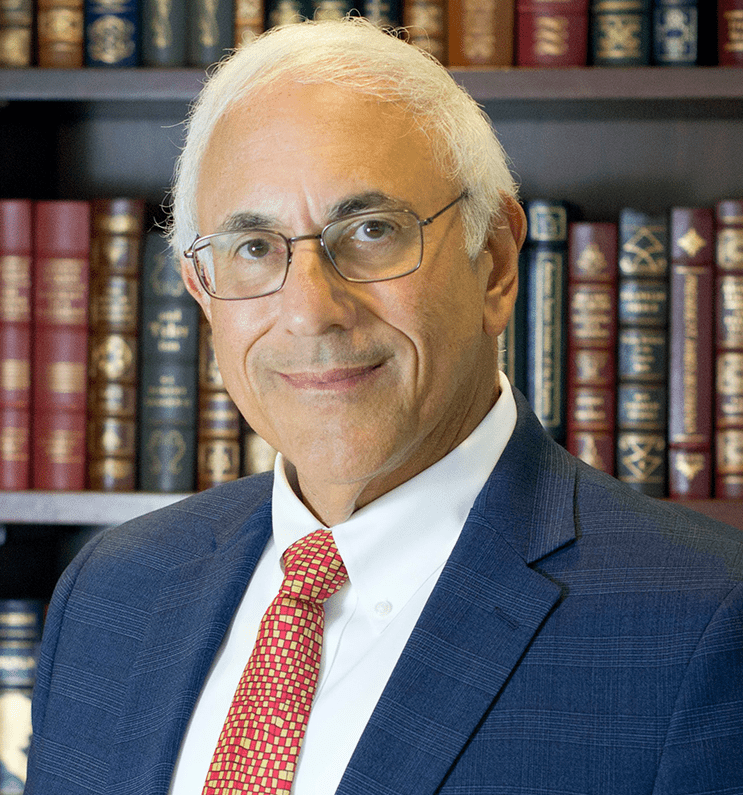Menu
Hot-Topics
November 27, 2025 | SCOTUS Adds Second Amendment Case to Docket
Category: Historical

State Redistricting Under Gaffney v Cummings
In Gaffney v Cummings, 412 U.S. 735 (1973), the U.S. Supreme Court held that exact equality between districts was not required for state redistricting as it is for Congressional districts. The Court further held that “political fairness” could j...

Vieth v Jubelirer and Partisan Redistricting
In Vieth v Jubelirer, 541 U.S. 267 (2004), a plurality of the U.S. Supreme Court held that partisan gerrymandering claims are non-justiciable and sought to overrule the Court’s prior decision in Davis v. Bandemer. In his concurrence, Justice Antho...

Davis v Bandemer Held Courts Can Decide Partisan Gerrymandering Claims
In Davis v Bandemer, 478 U.S. 109 (1986), the U.S. Supreme Court held that held partisan gerrymandering claims were justiciable. However, the justices failed to agree on a legal standard to address them. Facts of the Case In 1981, the India...

Murdock v Pennsylvania and the Free Exercise Clause
In Murdock v Pennsylvania, 319 U.S. 105 (1943), the U.S. Supreme Court struck down a municipal ordinance that taxed the door-to-door sale of religious merchandise. According to the divided Court, such a tax violated the First Amendment’s Free Exer...
Previous Articles
Key Takeaways from Oral Arguments in Court’s Controversial Voting-Rights Case
by DONALD SCARINCI on November 12, 2025
The U.S. Supreme Court recently heard oral arguments in Louisiana v. Callais, which involves a key ...
Key Cases to Watch During the Supreme Court’s November Sitting
by DONALD SCARINCI on November 5, 2025
The U.S. Supreme Court’s November sitting begins on November 3 and concludes on November 12, 2025...
SCOTUS Clears Way to Terminate Protected Status for Venezuelan Nationals
by DONALD SCARINCI on October 29, 2025
On October 3, 2025, the U.S. Supreme Court granted an emergency request from the Trump Administrati...
The Amendments
-
Amendment1
- Establishment ClauseFree Exercise Clause
- Freedom of Speech
- Freedoms of Press
- Freedom of Assembly, and Petitition
-
Amendment2
- The Right to Bear Arms
-
Amendment4
- Unreasonable Searches and Seizures
-
Amendment5
- Due Process
- Eminent Domain
- Rights of Criminal Defendants
Preamble to the Bill of Rights
Congress of the United States begun and held at the City of New-York, on Wednesday the fourth of March, one thousand seven hundred and eighty nine.
THE Conventions of a number of the States, having at the time of their adopting the Constitution, expressed a desire, in order to prevent misconstruction or abuse of its powers, that further declaratory and restrictive clauses should be added: And as extending the ground of public confidence in the Government, will best ensure the beneficent ends of its institution.
Awards





